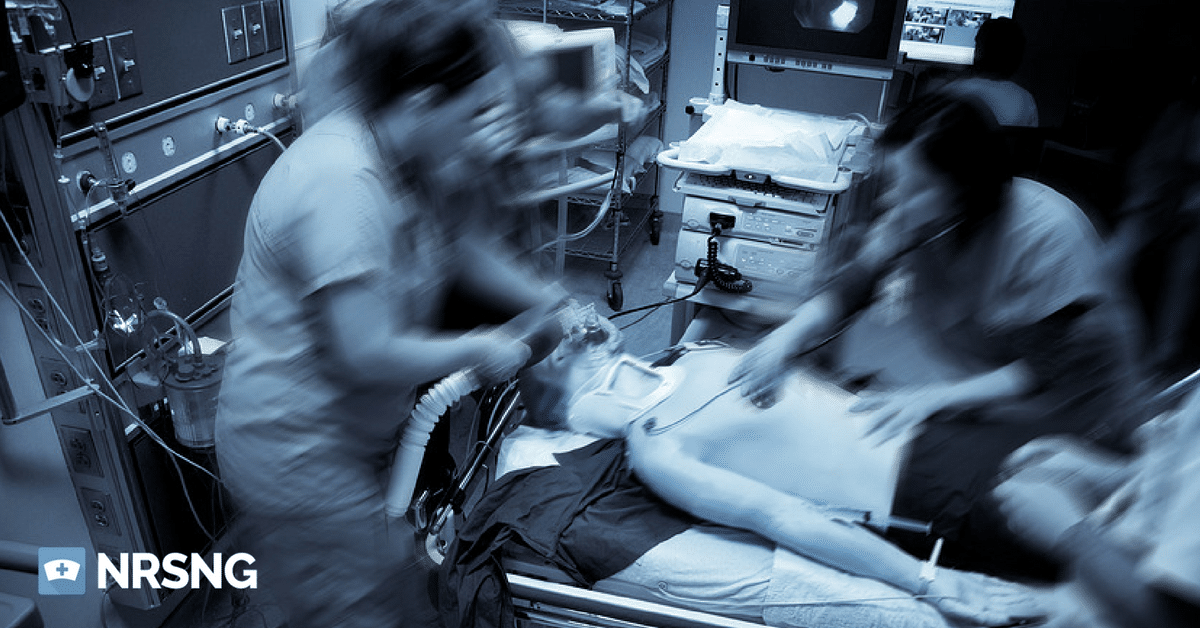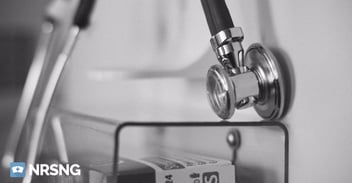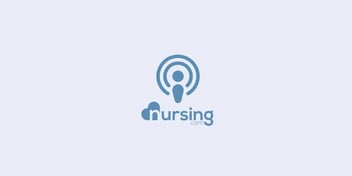Critical Thinking in the ED (real life examples from the emergency room) | NURSING.com

Positive troponins
-
- (NRSNG=0.035… check your institutions ranges)
- What is a troponin?
- Troponins are proteins that initiate contraction of muscle fibers. Troponin I is specific to heart muscle.
- Get an EKG
- Do we need a third?
- Use your judgement.
- Is there a cardiac history?
- Has the focus of the plan of care changed?
- A couple hours in the patient realizes that they forgot to tell you they did a heavy upper arm workout or they have had a cough for a week and it hurts after they cough…
- People get things in their mind and think that might be what is pertinent to tell you “I have chest pain, that means heart” but YOUR job is to look at the other factors, ask the questions that could seem not related from the patients understanding of the situation.
- First EKG is neg why get a second?
- Comparison, has there been a change since the trops were drawn
- How long has it been since that lab value was drawn?
- Make sure the 2 hour troponin is ON TIME.
- Because trops aren’t always released right away
- Can be up to 3 hours before release.
- Can stay elevated for up to a week before returning to normal
- EBR: out of the weeds after 3 negative trops.
- Some institutions draw them in 3 hour intervals, Best practice based on evidence is 2 hour intervals.
- Why are we drawing serial trops?
- What if they have 2 neg trops and the chest pain resolves?
Shortness of breath:
-
- Thinking beyond the lungs- OR- thinking about what deficient lung function does within the body!
- Get an EKG- WHY think about the heart?
- Hypoxemia causing stress on the heart
- But what if their pulse ox is wnl?
- Helps to eliminate the heart which is in the same area
- Think about connections: if breathing is an issue how does this affect the heart? Breath fast or hold your breath and then check your heart rate.
- Brady or tachy
- Think about what the pulse oximeter is reading:
- How many RBCs have oxygen attached to them?
- IE their hemoglobin
- But what else attaches to an RBC that can take place of oxygen? :::::CO
- 93% Oxygen is good if it is all oxygen.
- 83% is not.
- Carbon monoxide molecules, even in a small amount, can attach to the patient’s hemoglobin replacing oxygen molecules. A pulse oximeter cannot distinguish the differences and the reading will show the total saturation level of oxygen and carbon monoxide. If 20% of hemoglobin has carbon monoxide and 73% has oxygen, the reading would be 93%.
- This can be dangerous. A pulse oximeter should not be used on people with smoke inhalation, carbon monoxide poisoning, and heavy cigarette smoking.
- Causes of SOB: Don’t just think lungs. Go beyond the lungs too.
- Heart disease or heart attack (in this case, shortness of breath may be accompanied by swelling of the feet/ankles).
- Lung disease.
- Emphysema.
- Pneumonia (breathlessness often accompanied by high fever, cough and mucus).
- Asthma or allergies.
- Anemia (other symptoms characterized by fatigue and pale skin color).
- Panic attacks.
- Airway obstructions, exposure to cigarette smoke or extreme exposure to dust or fumes.
- Obesity or lack of exercise.
- High altitudes.
- Blood flow disruption in getting oxygen to the brain.
- Intense emotional anxiety or stress.
- Some chest pain can feel like pressure, causing breathing issues
MVA with back pain
- Check a urine
- To make sure that the kidneys weren’t injured and have blood in the urine
- It could be related to the MVA it could be coincidence, perhaps a UTI or kidney stone that started to be pesky and pain full OH and the patient got into a car accident…
- Immobilizing spine, we are concerned about bones, but don’t stop there, if we are concerned about the spine, think spinal cord, think neuro.
Don’t get caught focusing on just the story, make the connections, that is the idea behind critical thinking.
Abnormal vital sign
- Look at the patient first
- Check equipment
- Do manual checks


.png?width=50&height=50&name=image%20(11).png)



